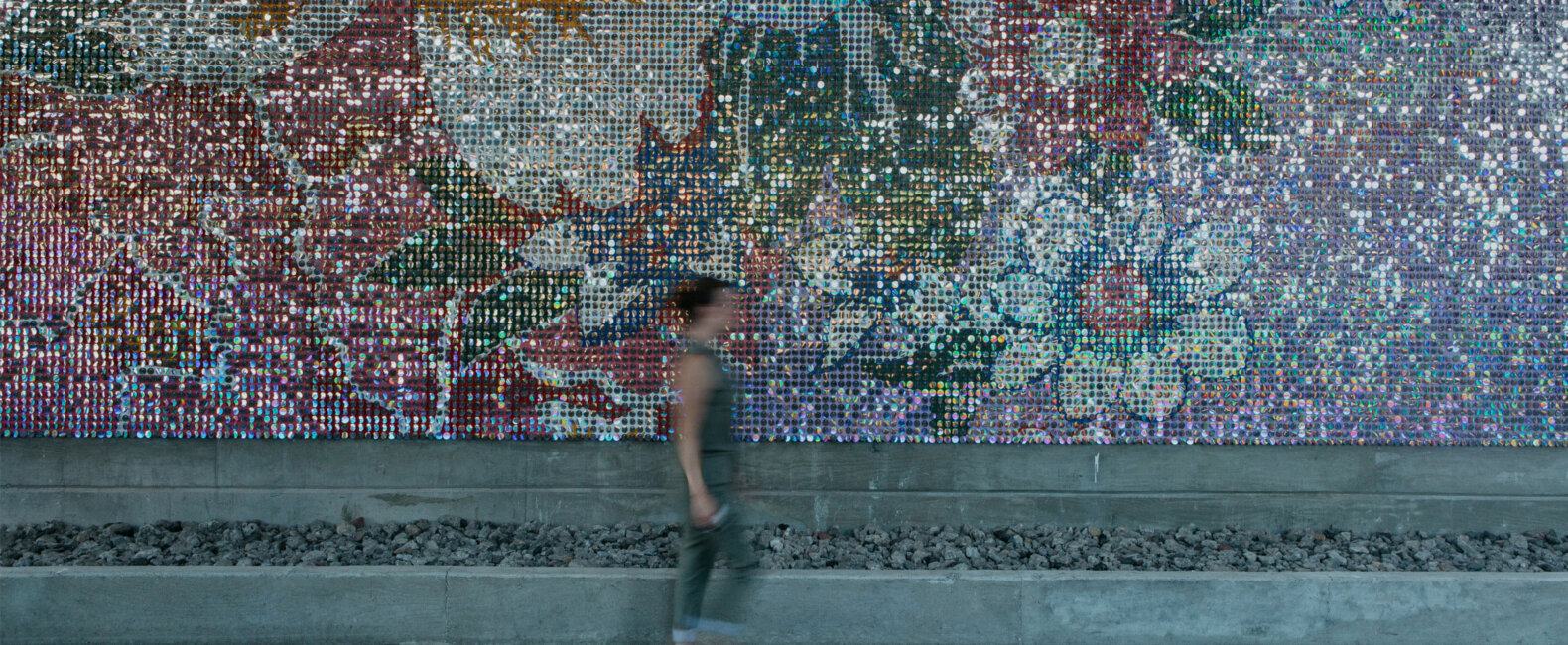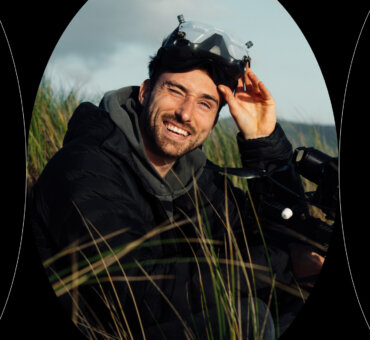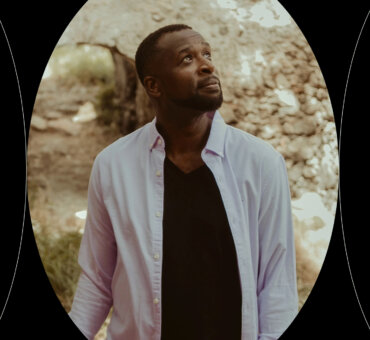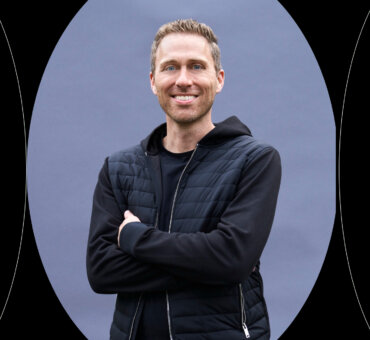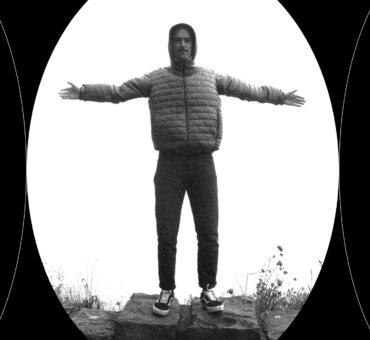Walking into Anthropologie is, hyperbole aside, darn near transcendent. In fact, for most of us who spend our days inside, the interior of our local Anthropologie does more to put us in a seasonal mood than the outdoors themselves.
But the Anthropologie experience isn’t limited to their brick-and-mortar locations. The feel, vibe, and message of their brand also lives online and in their films. It’s an honor to be the go-to music provider for such an outstanding creative team. We recently talked with Katie Staub, visual & music coordinator for Anthropologie, about how she brings environments to life, and with Ian Foster, videographer and animator, about how he translates that experience to film.

Can you describe the space you’re in right now?
Katie Staub: We’re in the most southern part of Philadelphia, in an old Navy yard. It’s cool and remote. We all dwell in different buildings. My team is in an insane, old one-story building where boats used to be pulled in from the water and worked on. It’s very industrial. Bright and open. We’ve got tons of plants everywhere. They seem to thrive no matter what the season.

Is working in that type of environment important for what you do?
KS: Yes. I believe all of us are naturally affected by our space. I mean, that’s what we do for a living here. I happen to affect the audible experience of a space; but overall, my team works to create environments for our customers. I think having this environment for ourselves is very important.
How are the creative teams at Anthropologie organized?
KS: We’re broken up into a lot of different departments. There’s an art department with about 8 people. There’s a concept team, who chooses the trends and creates stories around the products. So there are maybe 50 to 75 people working in what you’d traditionally call “creative” jobs. But I’d say Anthropologie is a creative place no matter what department you’re in. It’s in our DNA.
You’re Anthropologie’s resident music expert. Can you describe what that part of your job entails?
KS: Yes. My role is to create a sound that pairs with the visual experience in-store and in our videos. We want the visual and audible experiences to make sense to the customer and be true to our brand. We have a kind of core sound: feminine, sophisticated, upbeat, and maybe a little nostalgic. But on top of that, we work within the seasons. That’s the icing. Every season I layer on the icing depending on what our inspirations are. Then when something different is brought in, you’ll start hearing music that complements that. I do a ton of research and plunge down some crazy rabbit holes looking for new music.
How does the music in Anthropologie’s videos connect to the music in-store?
KS: It’s definitely a marriage. We never want anything to feel like, “Oh okay, I’m on the website, but it makes no sense with what’s in-store.” It’s all hand in hand. It’s all one voice. We come at it from different channels, but it’s all one thing.
How does video play a part in the brand?
Ian Foster: It’s about branding much more than it is about selling a product. It’s about creating an experience. We’re always pushing toward emotion. I’m usually working around the periphery of a photo shoot, and there isn’t very much time. I’m trying to capture candid moments with the models, rather than over-direct them. And then I try to focus on the landscape. The scenery. The amazing locations we get to visit. All of that is part of the story and part of the brand.
What lessons have you learned about making brand films?
IF: With work like this, you really have to be prepared to adapt. When we travel, we never know what we’re going to get. It’s important to have a great producer. Someone with an insane amount of patience and dedication to the job. There are so many moving pieces to these things; you really need someone on top of it who loves what they’re doing.
Don’t ever get pigeonholed. Work on things you’re passionate about, make proofs of concepts. Try to play. Try to have fun. The job should definitely be fun.
KS: We’re pretty picky about the music we use. We don’t want to use stock music that’s overused. For a brand like ours that prides itself on creating undiscovered experiences for its customers, finding Musicbed has been a great tool for us.
We always want to challenge ourselves to create things that are more amazing than the previous season. That means reinventing the wheel in small ways.
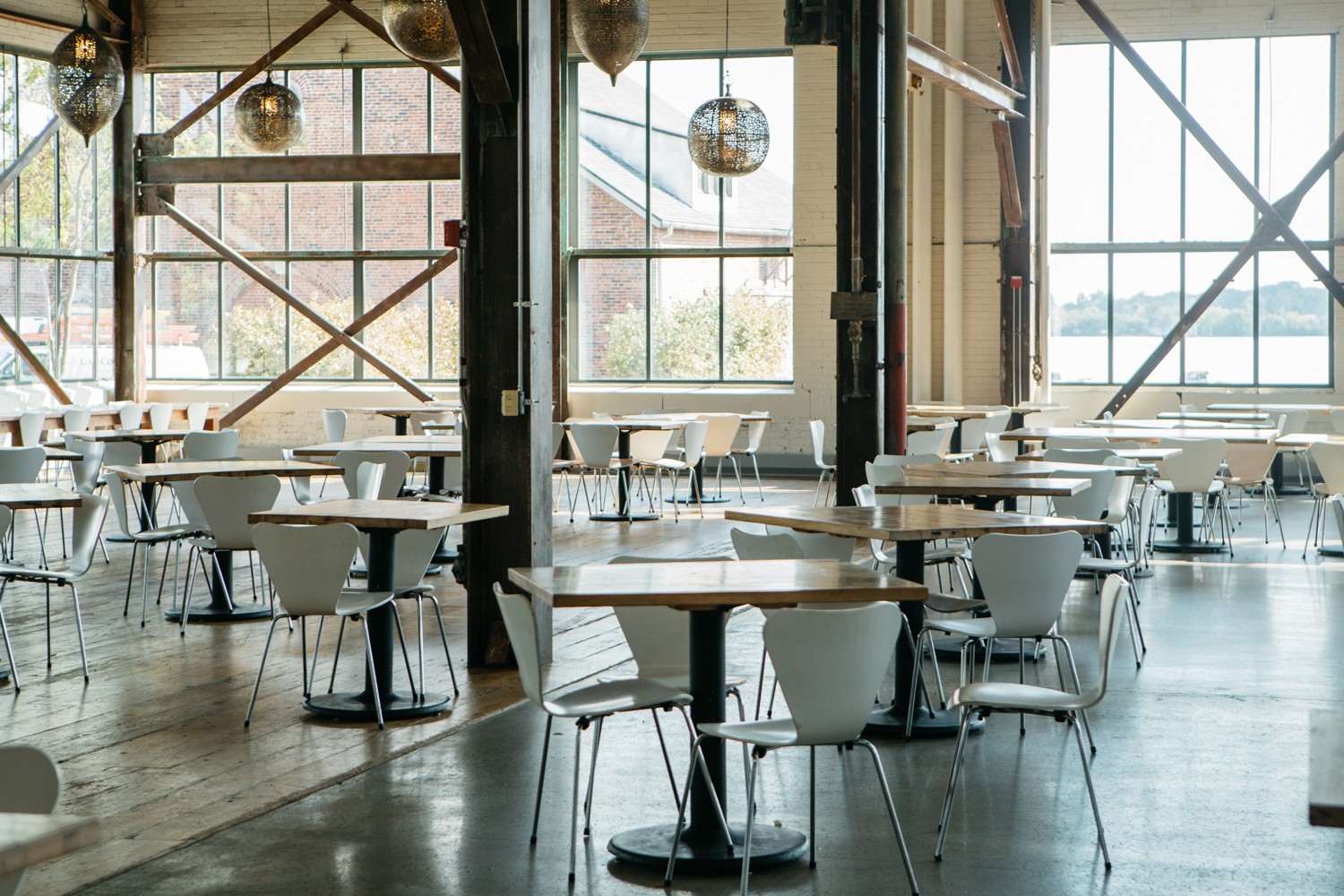
What advice would you give creative teams?
KS: In regards to staying inspired and putting out better and better work, it’s important to continually challenge each other creatively. For us, that means asking a lot of questions and collaboratively brainstorming multiple ways to do one thing. Eventually we get excited to explore an idea or two, and we move forward in the project.
We always want to challenge ourselves to create things that are more amazing than the previous season. That means reinventing the wheel in small ways. I’m talking about the details. Like how to manipulate simple materials to create gorgeous displays, or how to reconsider composition for our installations in a way we haven’t before. We stay inspired by taking trips to different countries, art shows, flea markets, concerts, you name it. As beautiful as our office is, it’s important to get out of the building. There are ideas waiting all around for us to discover.
Over the years I’ve noticed the best teams work with a sense of togetherness and camaraderie. When you choose to jump in when someone needs support during crunch mode, it speaks volumes to your colleagues. It creates a great bond. We enjoy a lot of humor on our team too. We like to say we work hard and laugh hard — a great recipe for success, in my opinion.

There is a sense of raw creativity about the in-house team at Anthropologie. They’re people who create spontaneously and find inspiration everywhere they look. You hear it when you talk to them, you feel it when you walk into their stores, and you see it all over their films. We’re proud to supply them with amazing music.
This is the second interview in our In-House series, offering a look inside some of the most creative teams in the world. Previously, we talked with JetBlue.















































































